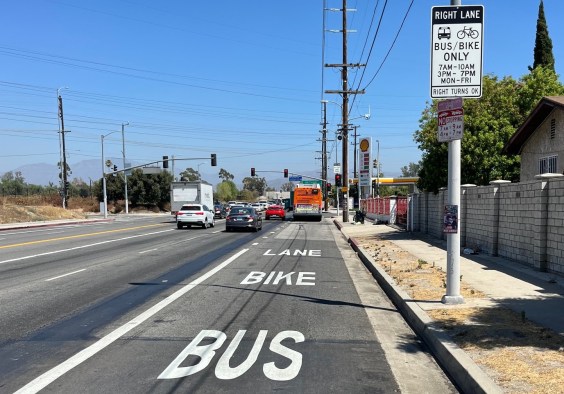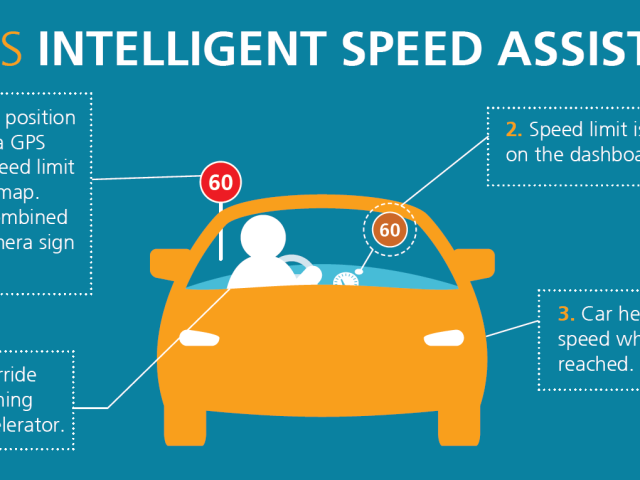Traffic deaths in the U.S. are mounting, reaching more than 40,000 last year, and, according to a recent draft report by the National Transportation Safety Board, speed is the overlooked factor.
The NTSB reported that speeding accounts for about 10,000 deaths a year -- as many as drunk driving. One of the agency's key recommendation was to change the way streets are designed by reforming the "85th percentile rule," a laissez faire approach that seeks to accommodate motorist behavior instead of engineering streets for safety.
It's an argument that Randy LoBasso at the Bicycle Coalition of Greater Philadelphia has been making for a long time. Now the NTSB report is vindicating advocates' critique of the 85th percentile rule, he writes:
The 85th Percentile idea, based on the 1964 “Solomon Curve” says speed limits should be set at what 85 percent of drivers think is healthy. It was created back when the highway system was still young, cars didn’t approach speeds as quickly as they do today, and we didn’t have the sort of statistics and research on traffic dangers we do today.
I have long trashed the 85th Percentile speed approach as outdated and never meant for cities. That hasn’t stopped some -- who feel motor vehicle users should be able to drive as fast as they want -- from lashing out at the Bicycle Coalition’s rational attempts to curb speed and make streets safer for everyone.
Among [the NTSB's] specific recommendations: “Revise traditional speed-setting standards to balance 85 percentile approaches with safe systems approach that better incorporates crash history, safety of pedestrians, bicyclists.”
“In general, there is not strong evidence that the 85th percentile speed within a given traffic flow equates to the speed with the lowest crash involvement rate,” the NTSB says. “Alternative approaches and expert systems for setting speed limits are available, which incorporate factors such as crash history and the presence of vulnerable road users such as pedestrians.”
More recommended reading today: Pricetags shares some insight from transportation economist Todd Litman about the under-appreciated transportation costs of buying a house in the suburbs. Greater Greater Washington considers the potential drawbacks of diverting cut-through car traffic away from residents streets. And the Raleigh Connoisseur reports that a major increase in bus service goes into effect this week in Durham County, following a November vote to increase the local sales tax half a cent.






